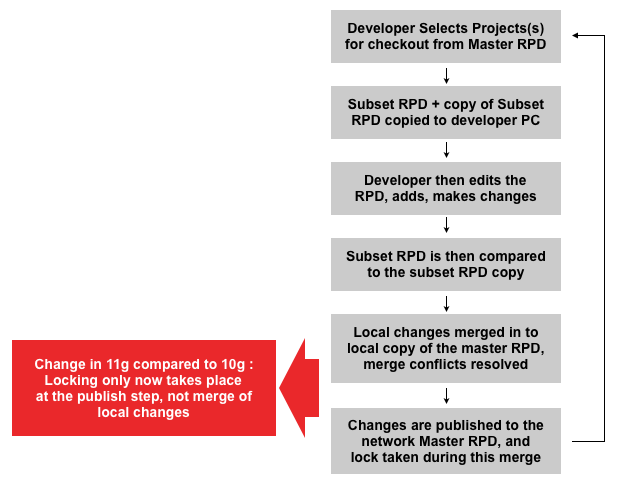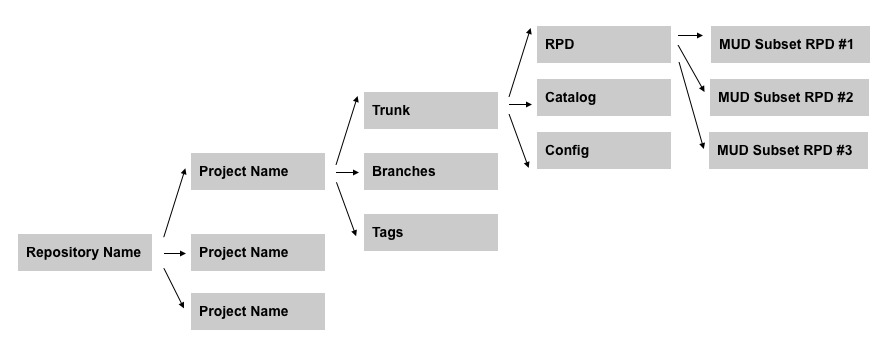OOW2011 : OBIEE 11g Deployment & Change Management
My second session of this year's Oracle Openworld 2011 was on a perennially hot topic; change management and deployment within OBIEE 11g. In a typical project, once you've got past the initial prototype, you're going to want to deploy updated versions of the repository, catalog and other metadata objects into production, and possibly scale-up the development team to include multiple developers quite possibly in different countries and timezones. Add to that the need to make changes to the configuration of your system across environments and across multiple nodes in a clustered environment, and things can get complicated, fast.
The slides for the session are available here : Oracle BI Deployment & Change Management Best Practices
I was trying to get across a three main points within this session; firstly, if you are going to scale-up your repository development team, you need to think carefully about features such as online development, the Multi-User Development environment, and things such as version control that aren't part of the base product. Second, some of these features (MUD for example) have changed in significant ways in 11g, which may make them more practical for you now. Third, if you're looking to manage the configuration of your system in a distributed, clustered environment, you need to get to know Enterprise Manager, and also consider getting to know WSLT and the Oracle BI Systems Management API, something I'll be expanding on in my last session of the week, on OBIEE 11g Systems Management.
One significant change in 11g is around the Multi-User Development environment. In 10g, MUD was tricky to use in practice because the master repository got locked before developers started the check-in process, potentially leaving it locked whilst all the merge conflicts had to be worked through. Now, in 11g, those merge conflicts are resolved with a local copy of the master repository, and the lock only takes place when you merge this master copy into the main master copy. If you do hit a merge conflict at this stage (if you're unlucky and someone checks-in before you complete your check-in), then you're bounced back to the merge process yourself and no lock is taken. The diagram below shows the new check-in process and how it differs from 10g.

Another significant difference is around online development, where 11g is now certified for up to five developers working online, as opposed to just one in 10g. As long as you no longer hit the "transaction update failed" bug (less of an issue in 11.1.1.5, and also solveable via patch no. 9884975 on metalink), this avoids much of the work around MUD, although to be honest, once you understand MUD and can see how the new locking process works, I think MUD is much more viable.
The other topic I covered in a bit of detail was around version control. Of course the current release of OBIEE 11g doesn't have any version control integration built in, but it's easy to set up Subversion, for example, to version the various RPD, catalog and configuration artifacts generated by OBIEE. The trick with it is to not use SVN to do things like merging and patching of metadata, and to upload metadata into SVN in it's entirety (i.e. the whole RPD, not fragments of it), and to consider topics such as MUD in how you set up the SVN repository.

Anyway, if you came along, thanks for attending, and if not, the slides are available for download. On to Larry's keynote now...